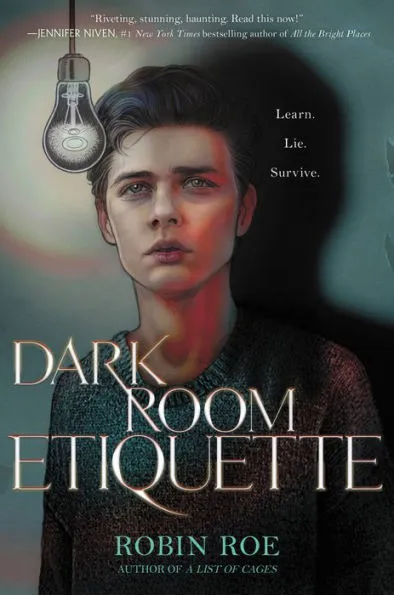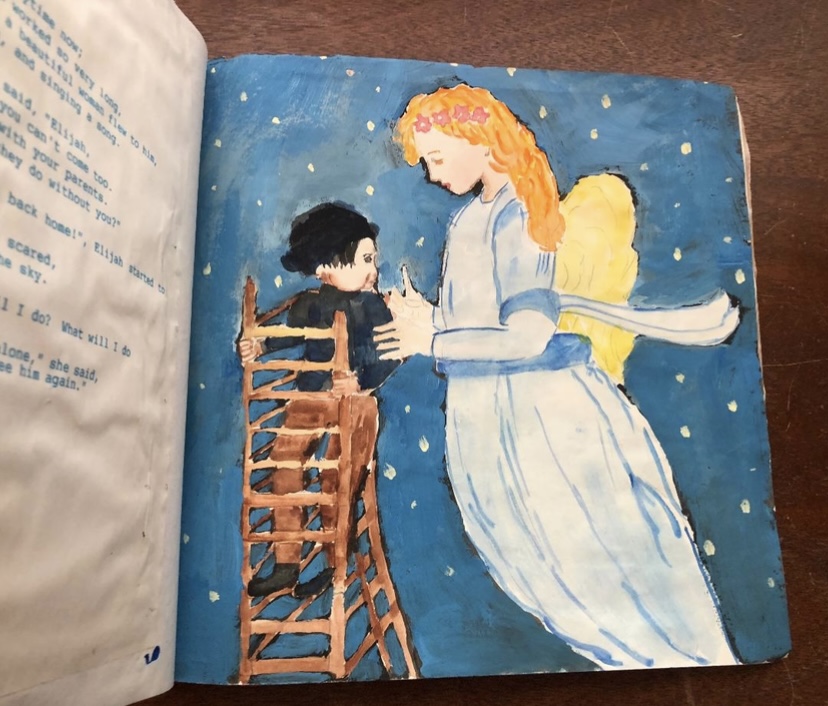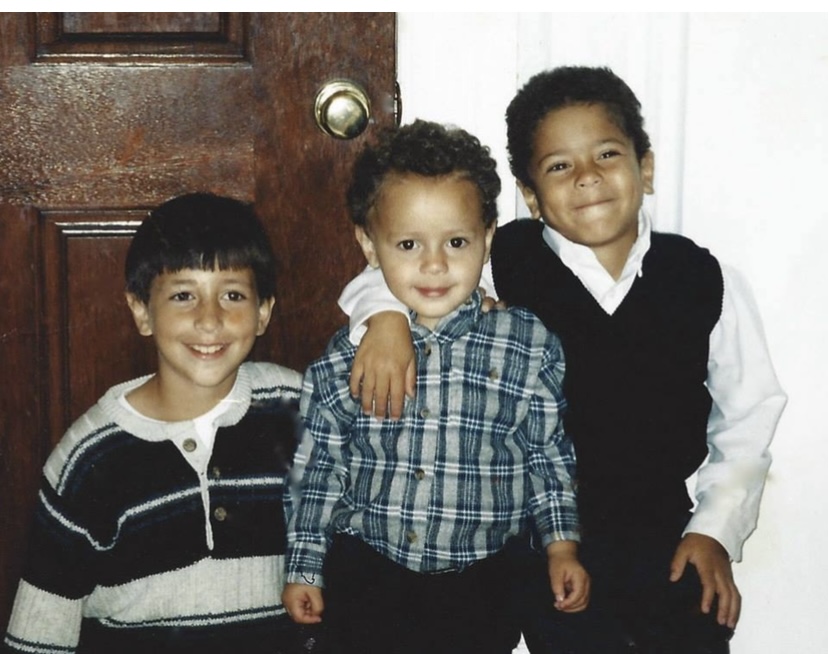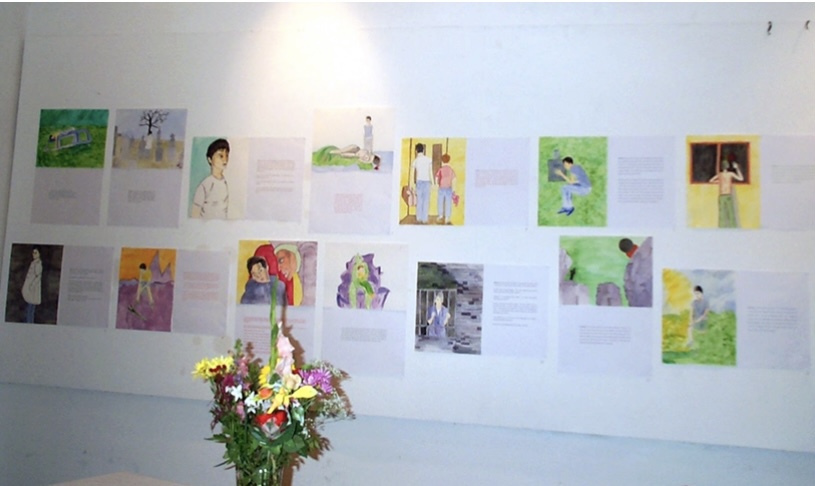You Can Heal Through Art, a guest post by Robin Roe

“She’s doing it again.”
I heard a whisper from the back of the class and got that prickling sensation you feel when you know someone’s talking about you. Twelve years old and painfully shy, I kept quiet as I continued sketching faces, something I still find myself doing to this day.
When did I start to need drawing? Was it moving to an isolated house on the outskirts of an isolated town? Remembering now, it feels like the perfect backdrop to the thriller novels I’d one day write. Something to fear and dread was around every corner it seemed, like the high school boys on the bus who would run a hand up your thigh or give you a black eye.
ADVERTISEMENT
ADVERTISEMENT
But there was safety in art. It offered me a place where I could think through watercolor paintings and charcoal sketches and ballpoint doodles. Where I could write stories and dream myself into a parallel world, where someone like me had everything work out for them in the end.

Not long after I turned thirteen, my nephew moved into my house, a beautiful bright light of a boy, and he loved stories just as much as me.

Whenever I tucked Joshua into bed, I’d read to him from my old picture books. Morris the Moose, Goofy the Woodcutter. He’d laugh so hard, his arms and legs would flail, and he’d fall asleep with a smile.

But when our family was struck by grief, the lightness in him dimmed. The boy who was always laughing had gone quiet and shell-shocked. Grief was crushing me too, and I’d drift through halls at school like a shadow. The pain felt unendurable, incomprehensible, no way to get past it.
Months went by before an idea struck—one that gave me hope. I’d make him a gift, a book.
One about the loss we’d endured.
So I vaulted back into art, drawing and writing obsessively. When I finished, I stapled my watercolors together, and as I was tucking Joshua in, I asked him if he wanted me to read it.
He said yes, so I read him the story.


Painted when Robin was 17
And when I was done, he fell silent.
A kind of silence that made me nervous. Maybe it was a mistake to read that to him. Maybe making the book was just something that had helped me, but sharing it with him was causing more pain.
But then he asked if he could hold the book as he fell asleep.
The next night, he wanted me to read the story again, and the next night and the next until finally, the day came when he wanted to hear Goofy the Woodcutter. It was as if he was ready to laugh—and he did, those streaming bells of contagious laughter that made me laugh too.
Eventually, Joshua would tell me that the book helped him process what had happened.
I didn’t understand it then, but later I would. How beautiful the relationship is between the writer and the reader. How much we need each other.
When I was eighteen, my mother and I began raising my younger nephews too, and the three boys became my whole world.

Each of them had his own struggle, and collectively they faced racism, bullying, and homophobia, but art helped them too. They turned to music, dance, theater, and writing. To cope. To release pain. To create characters that represented them. To be whole.
Meanwhile, I went to college to study psychology, but I continued to draw and to write.




I made lifelong friends like Kathleen Hawkes, who would go on to become a brilliant visual artist and Fulbright scholar, and would later work through her own grief through art.

During my senior year of college, I joined Kate’s art class for one semester, where at the end, we’d have to publicly display our work. This was new and terrifying for me, but one day, I’d use that glimpse of a fantastical version of Dark Room Etiquette that lurched up in my head a dozen years before.

ADVERTISEMENT
ADVERTISEMENT
When I initially conceptualized Dark Room Etiquette, there was just the image of a boy captured. A boy, who at the outset, wasn’t like me at all. But as I began writing this novel in earnest, more of my experiences were being threaded into the story. Loss, fear, captivity, recovery from trauma, grief, guilt. All those things we wish we could go back and change. Trying to forgive other people. Trying to forgive ourselves. And through it all, using art to cope.
Now that Dark Room Etiquette is complete, it feels the way it did when I was seventeen and I wrote that book for Joshua—only instead of giving it to one boy, I’m sharing it with everyone. The reader and writer need each other, so for the person who reads Dark Room Etiquette, I hope they’re comforted, see themselves, see their potential for growth and recovery, see their ability to create their own art, and know that even if they’re hurting right now, they can make it out of the dark.

Meet the author

Robin Roe has a bachelor’s degree from Cornell University and a master’s from Harvard. Her debut novel, A List of Cages, was named one of the Best Books of the Year by Goodreads, EpicReads, The Texas Library Association, and Buzzfeed. Robin Roe counseled adolescents in Boston before she moved to Dallas to run a mentoring program for at-risk teens. She is now a full-time author. You can follow Robin on Instagram @robinroewriter.
About Dark Room Etiquette
We Were Liars meets Room in this masterfully plotted psychological thriller from the critically acclaimed author of A List of Cages,Robin Roe.
Are you afraid of the dark?
Sixteen-year-old Sayers Wayte has everything. Popularity, good looks, perfect grades—there’s nothing Sayers’ family money can’t buy.
Until he’s kidnapped by a man who tells him the privileged life he’s been living is based on a lie.
Trapped in a windowless room, without knowing why he’s been taken or how long the man plans to keep him shut away, Sayers faces a terrifying new reality. To survive, he must forget the world he once knew, and play the part his abductor has created for him.
But as time passes, the line between fact and fiction starts to blur, and Sayers begins to wonder if he can escape . . . before he loses himself.
ISBN-13: 9780063051737
Publisher: HarperCollins Publishers
Publication date: 10/11/2022
Age Range: 14 – 17 Years
Filed under: Guest Post
About Amanda MacGregor
Amanda MacGregor works in an elementary library, loves dogs, and can be found on Twitter @CiteSomething.
ADVERTISEMENT
ADVERTISEMENT
SLJ Blog Network
At Last! Mr. Schu on The Yarn Podcast
Fuse 8 n’ Kate: Ginger Bear by Mini Grey
Exclusive: Giant Magical Otters Invade New Hex Vet Graphic Novel | News
Parsing Religion in Public Schools
ADVERTISEMENT







